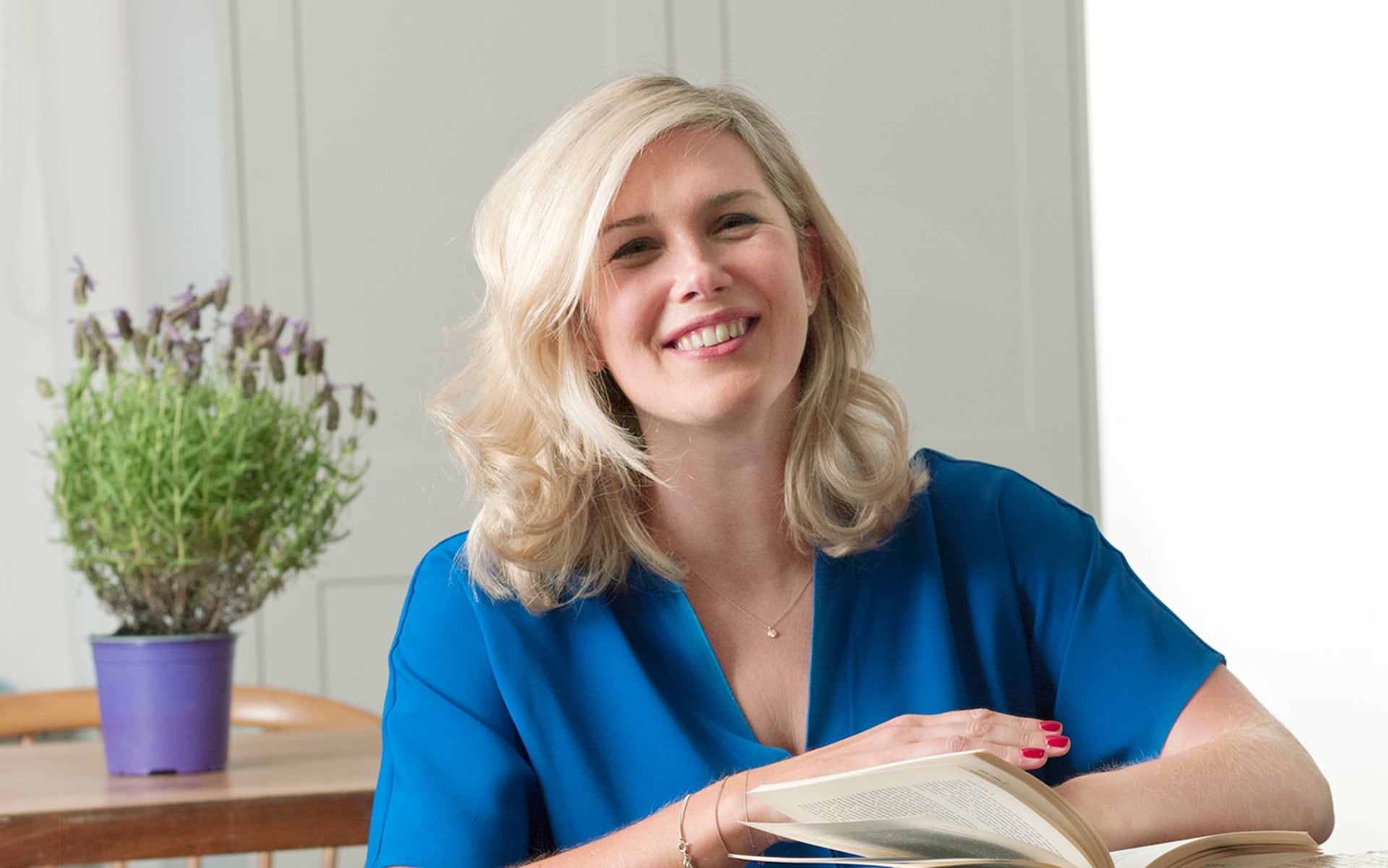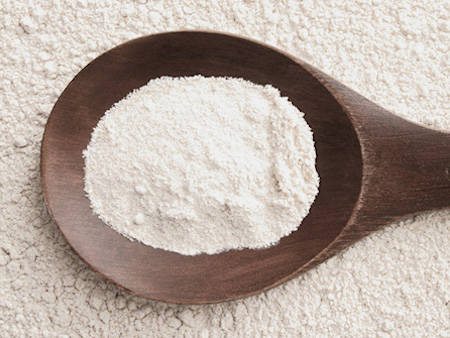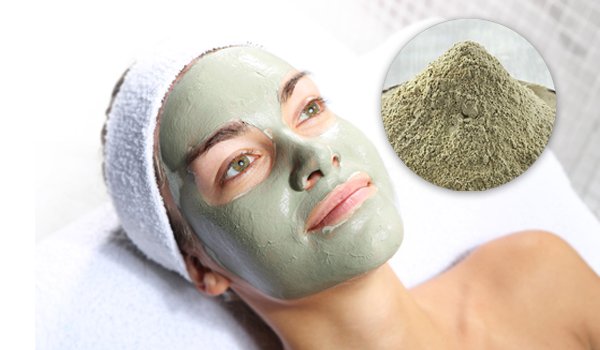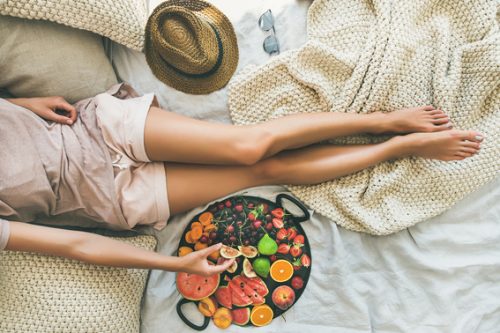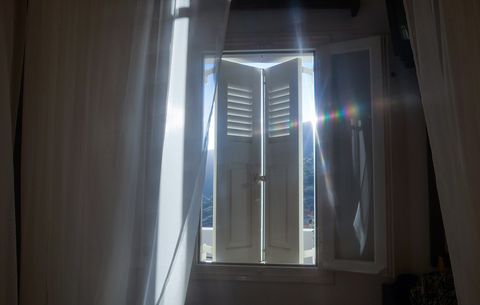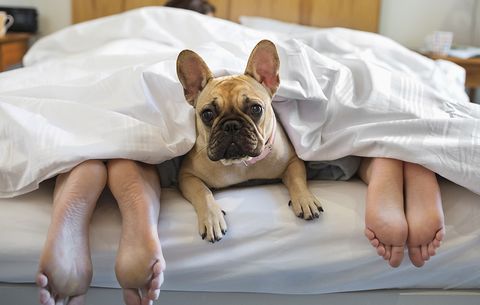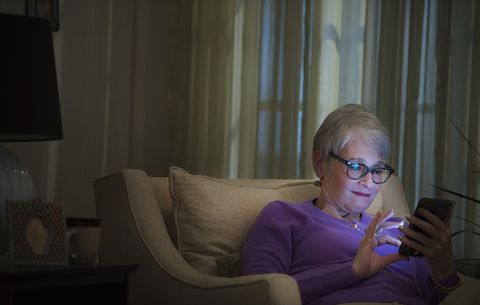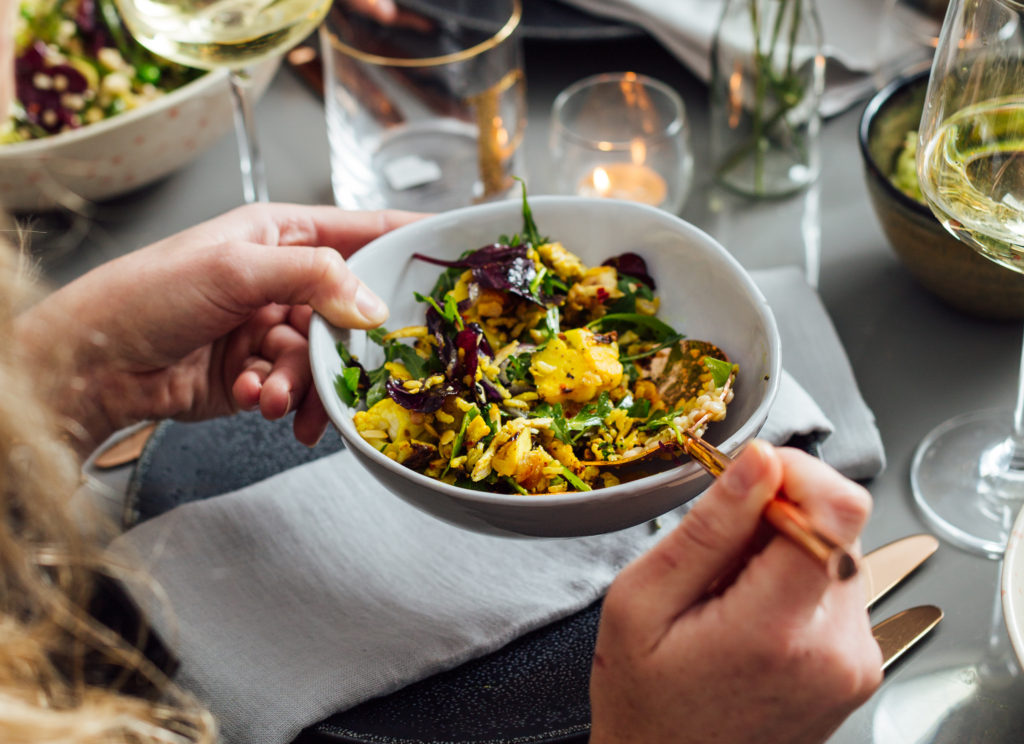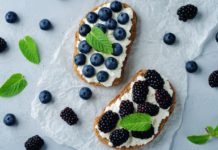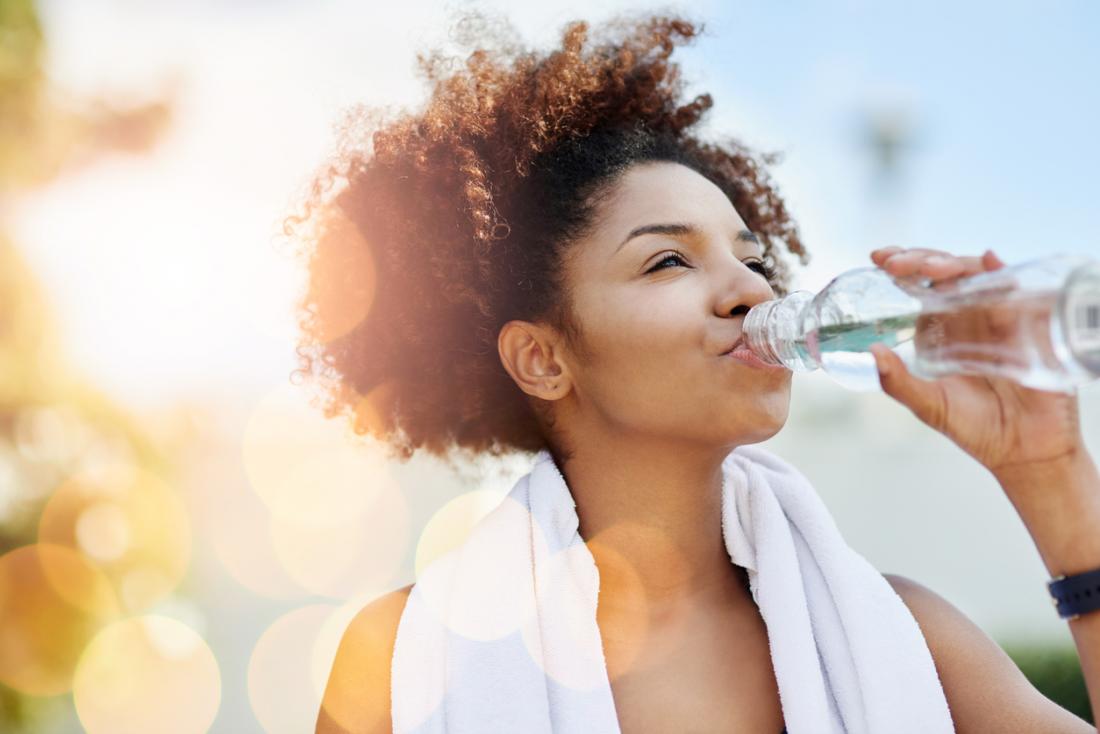Dreaming of a good night’s sleep? You’re not alone. About 30% of Americans suffer from occasional insomnia and 10% have serious sleep disorders, according to the American Sleep Association. Not getting enough slumber is no trivial matter: Sleep is as essential to your survival as food and water, so taking steps to get the recommended minimum of seven hours a night is key.
Adopting good sleep “hygiene,” which includes practices like sticking to consistent bed- and wake-up times and avoiding caffeine after 2 PM, can go a long way toward ensuring a good night’s sleep. So, too, can implementing these five tips, which are scientifically proven to help you get more—and more restful—shut-eye.
Crack a window.
Luckily, the solution might be as simple as opening a window or door, according to a study published in the journal Indoor Air. To test whether a build-up of carbon dioxide as a result of respiration affected sleep, Dutch researchers tracked 17 volunteers over five nights. Some of the participants slept with a bedroom door or window open, while others did not. The result: The better-ventilated rooms had lower levels of CO2 in the air, which seemed to translate to better slumber. Though the study was small, it confirms the results of a similar study that found people felt less sleepy and were better able to concentrate the next day when CO2 was controlled at night.
Let the dogs in.
“Many people find comfort and a sense of security from sleeping with their pets,” explains researcher Lois Krahn, MD. The caveat: The dogs should be in the bedroom, but not in the bed: People who had their canines under the covers sacrificed quality sleep.
Have a reason to get up in the morning.
Not sure how to chase a more purposeful life? Start by being wise in your choice of goals: Studies have shown that dedication to family and friends, and involvement in social and political activities promote life satisfaction, while commitment to career success and material gains seems to detract from it.
Go nuts.
Some nuts were standouts when it came to stimulating the waves linked to slumber: Peanuts produced the strongest delta response, which is associated with deep sleep, the physically refreshing part of the sleep cycle, according to Breus; pistachios caused the highest response in gamma waves, those linked to rapid eye movement (REM), the mental restoration stage of sleep. (Psst! Make sure you stay away from these 7 foods that mess with your sleep.)
Wear shades.
People who donned these special shades for three hours before bedtime for two weeks had about a 58% increase in their nighttime melatonin, according to a study from the University of Houston College of Optometry. In real life that translated to participants being able to fall asleep faster, sleep better, and even increase sleep duration by 24 minutes a night, says study author Lisa Ostrin, OD, PhD.
Sleep experts are strongly behind this new trend in spectacles. Shalini Paruthi, MD, a spokesperson for the American Academy of Sleep Medicine, wears them herself. “They’re cheap, easily available, and may be doing a lot of good,” she says. This cute pair of readers starts at just $8. Other blue light-limiting strategies Ostrin recommends include applying special screen filters, using anti-reflective lenses to offset the effects of LED light, and switching devices into night-mode setting.
